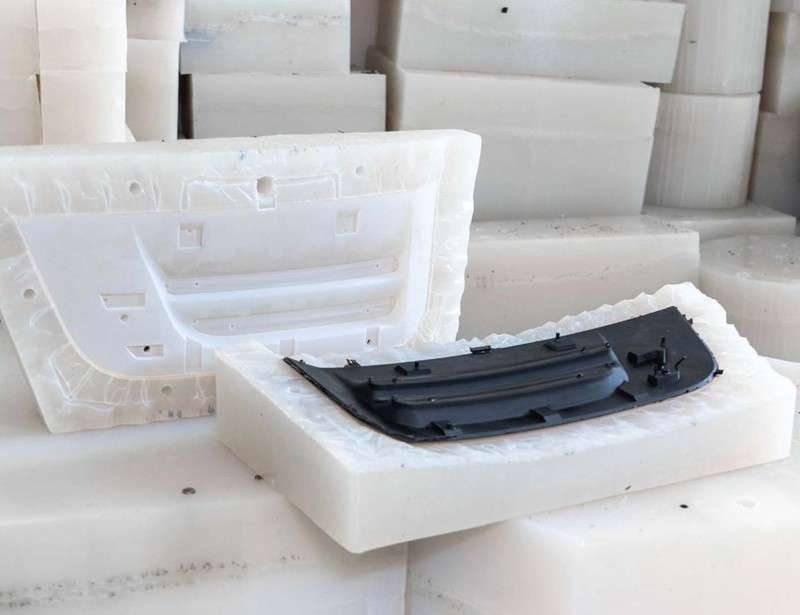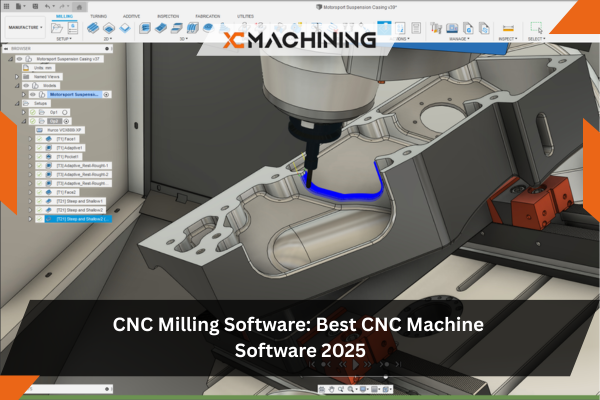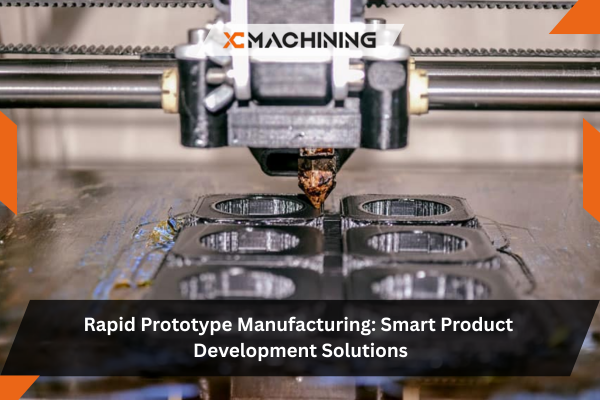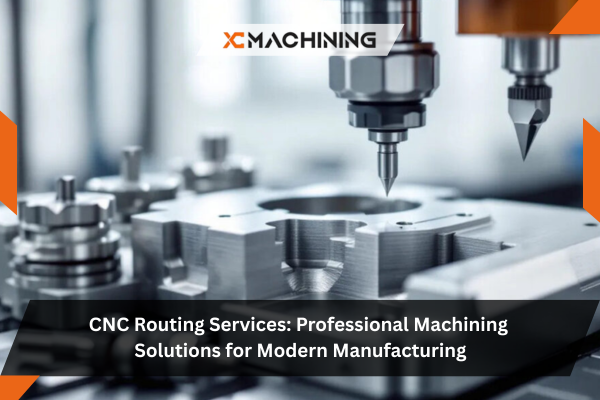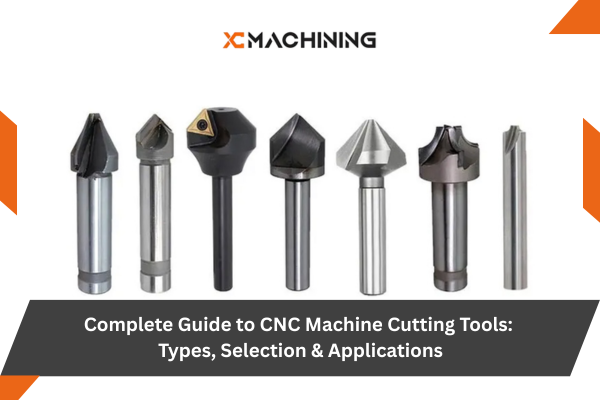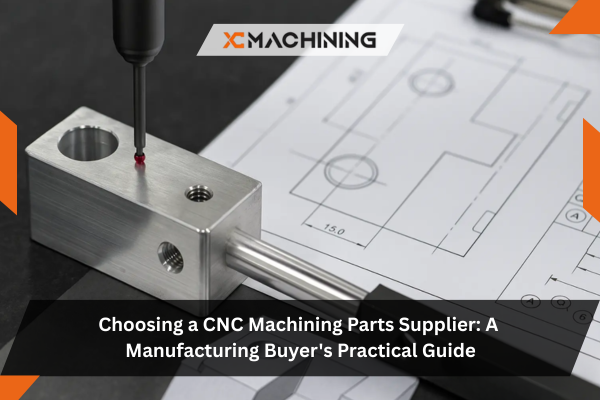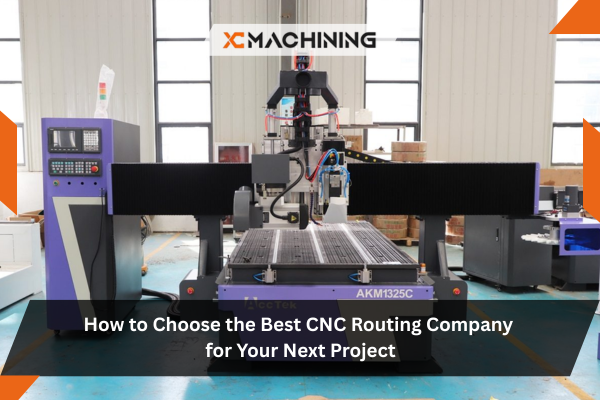At XC Machining, polishing is not treated as an afterthought, it’s an engineered stage in the production workflow designed to enhance both appearance and performance. We integrate CNC precision, surface science, and quality assurance to achieve a finish that meets the highest industrial standards for aerospace, medical, and engineering applications.
Assessment
Every project begins with a detailed assessment of the component’s geometry, material, and functional purpose. Our engineers evaluate factors such as surface roughness targets (Ra values), accessibility, and coating compatibility. This analysis allows us to determine whether the part requires mechanical, chemical, or hybrid polishing, ensuring efficiency without compromising dimensional accuracy.
Preparation
Before polishing begins, each part undergoes a multi-stage cleaning process using ultrasonic baths, degreasers, and neutralizing rinses. This removes machining oils, oxides, and microscopic burrs that could cause surface defects. Proper surface preparation is essential for achieving uniform polishing and strong adhesion for any subsequent treatments like coating or passivation.
Pulido
Our polishing phase combines mechanical abrasion, chemical action, and automated precision control depending on the material and finish requirement. We use rotary buffers, robotic arms, or vibratory systems to achieve consistent results across flat and complex surfaces. For sensitive alloys like stainless steel or titanium, we also employ low-pressure electropolishing to eliminate stress and enhance corrosion resistance.
Inspección
Once polishing is complete, the parts undergo a thorough inspection process. We use digital profilometers, optical microscopes, and surface-roughness testers to measure the Ra values and confirm visual uniformity. Any inconsistencies are immediately corrected to meet client specifications, ensuring each component aligns with ISO 9001 and AS9100 quality benchmarks.
Finishing and Packaging
The final stage involves finishing, cleaning, and secure packaging to preserve surface integrity. Components are often passivated, coated, or sealed in anti-static and scratch-resistant packaging before shipment. This ensures the polished parts arrive in pristine, assembly-ready condition, maintaining the same flawless quality they had when they left our production floor.
Traceability and Quality Control
Every polished part at XC Machining is backed by complete process traceability. From raw material lot numbers to final inspection reports, every step is digitally recorded and verifiable. This disciplined approach ensures repeatable results, customer confidence, and compliance with aerospace and defense-grade standards.




